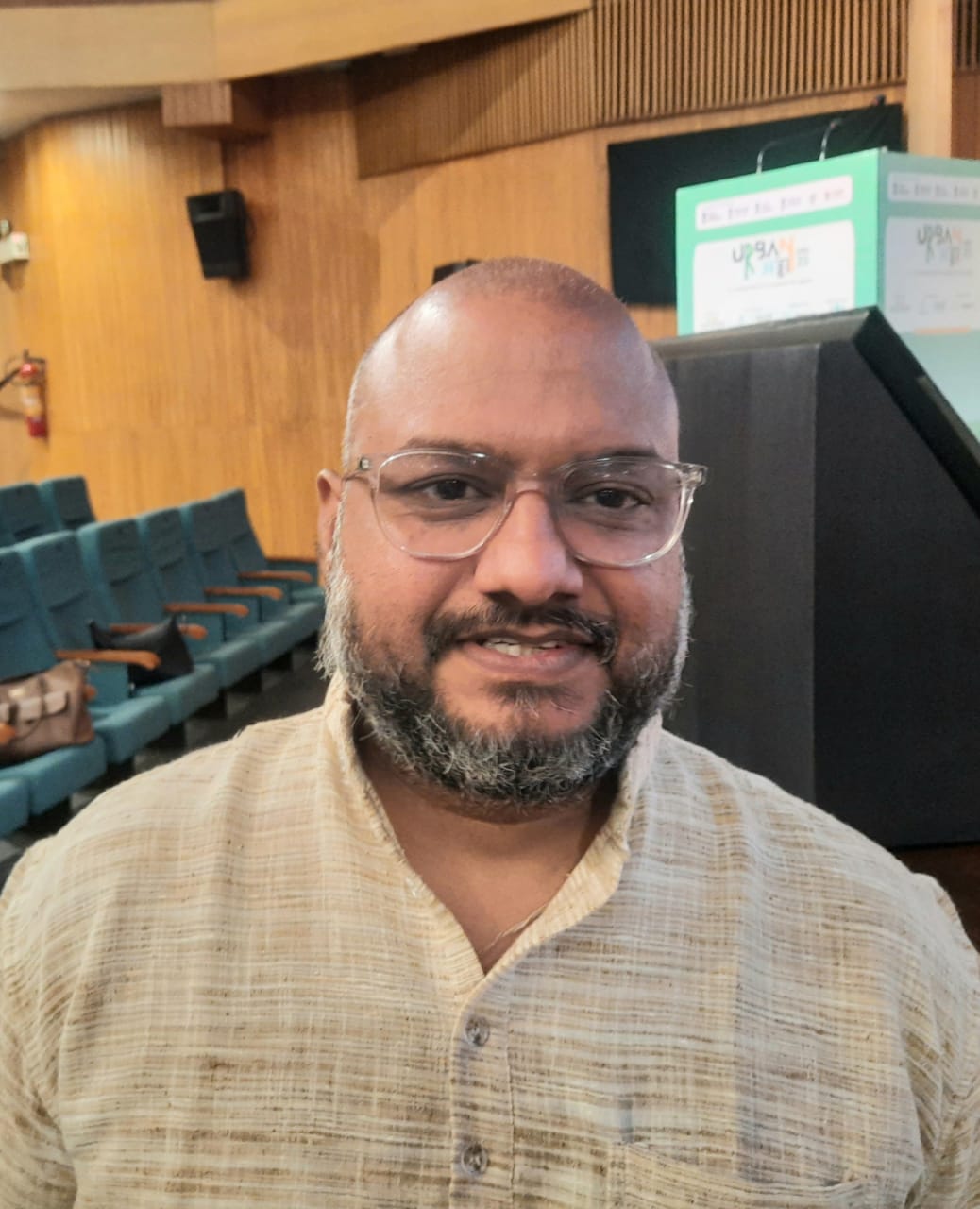The Rifle Factory Ishapore (RFI) stands as an Indian state-owned defence manufacturing unit situated in Ichhapur, West Bengal. Historically, the factory operated under the Ordnance Factory Board of India until the pivotal year of 2021 when it underwent corporatization, falling under the ownership of Advanced Weapons and Equipment India Limited.
The submission of proposal for the mass production of Small Arms and overhaul of Machine Guns took place in 1901. It wasn’t until 1905 that RFI commenced its manufacturing operations.
Throughout its history, RFI has been responsible for producing notable firearms such as the .303 British calibre Short Magazine Lee–Enfield Mk III, the 7.62×51mm NATO calibre Ishapore 2A1 rifle, and the 7.62mm NATO L1A1 Self-Loading Rifle. In recent years, RFI has diversified its production to include the 5.56mm INSAS rifle, the Kalantak rifle, the Ghatak rifle (a 7.62×39mm AKM-style assault rifle), 7.62 Sniper Rifles, and the Pistol Auto 9mm 1A, catering to both military and civilian markets.
In a candid interaction with The Interview World, Dr. Santanu Ghosh, Works Manager at RFI underscores the crucial role this defence PSU plays in the manufacturing of advanced weapons. Below are key excerpts from his insightful interview.
Q: Can you provide a historical perspective of defence manufacturing in India?
A: The history and evolution of Indian Ordnance Factories evolved with the era of British rule in India. Motivated by economic interests and the goal to bolster its political influence, the East India Company (EIC) acknowledged the crucial role of military hardware. In 1775, EIC formally approved the establishment of the Board of Ordnance in Fort William, Kolkata, marking the official inception of the Army Ordnance in India.
Moving forward, EIC established a gunpowder factory at Ishapore in 1787, with production kicking off in 1791. Expanding their initiatives, the Gun Carriage Agency was set up at Cossipore, Kolkata, in 1801, now known as the Gun & Shell Factory, Cossipore. Production commenced on March 18, 1802, making it the inaugural industrial establishment of Ordnance Factories, a legacy that endures to this day.
The process of Indianization in the Ordnance Factories Supervisory Cadre commenced at Rifle Factory Ishapore (RFI) in 1920, initiating an apprenticeship training program. The Ordnance Technical School, a pioneer in technical training within Ordnance Factories, provided training to newcomers at both workmen and supervisory levels.
Following Independence, confronted with a shortfall in military service demands, the factory diversified its production activities. Subsequently, it delved into the design and development of civilian weapons to keep its workforce engaged. The manufacture of 12 Bore DBBL & SBBL shotguns began in 1953, followed by the establishment of the .315″ Sporting Rifle in 1956, which continues to enjoy significant demand in the civilian market.
In 1962, the factory established the 7.62mm Semi-Automatic Rifle to meet the Army’s emergent operational requirements. During the seventies and early eighties, the factory successfully productionized Sub-Calibre Guns for 106mm RCL, 105 Tank Gun, and 84mm Rocket Launcher. In 1977, RFI achieved the successful production of the 9mm Pistol Auto, which continues to be in production to date. In 1999, RFI also developed and established the production of a .22″ Sporting Rifle of international quality for the Civil sector. Through in-house R&D, RFI also developed the 0.22 Revolver in 2001-02 for the civil sector, where it is attracting significant demand.
In recent times, the factory has undergone substantial modernization, incorporating the latest technology in production areas to maintain high-quality standards and improve production techniques to economize the cost of output. Today, RFI stands as an ISO-9000 certified company.
Q: Tell us about your organization and its role in defence manufacturing.
A: Advanced Weapons & Equipment India Ltd. (AW&EIL) stands as one of the seven new Defence Public Sector Undertakings (DPSUs), emerging from the transformation of the Ordnance Factory Board into wholly government-owned enterprises. Within AW&EIL, there are currently eight distinct entities, with Rifle Factory Ishapore (RFI) being one of them. Additional entities encompass Small Arms Factory in Kanpur, Gun & Shell Factory in Cossipore, Ordnance Factory in Tiruchirapalli, Ordnance Factory in Kanpur, Field Gun Factory in Kanpur, Gun Carriage Factory in Jabalpur, and Ordnance Factory Project in Korwa.
Within these various units of AW&EIL, India manufactured both small arms and large-caliber weapons indigenously. Among the notable products is the 7.62x51mm sniper rifle, boasting an impressive firing range of 550 meters. This sniper rifle, crafted by RFI, has found widespread use. Furthermore, AW&EIL extensively supplied these rifles to numerous paramilitary and police forces. RFI takes credit for the production and distribution of these efficient weapons.
Moreover, the 7.62x51mm belt-fed light machine gun is another product of indigenous manufacturing prowess, originating from the Small Arms Factory in Kanpur. RFI successfully manufactured and supplied this particular firearm, contributing to the comprehensive capabilities of AW&EIL in the production of advanced weaponry.
Q: What is the firing capacity of these weapons?
A: The belt-fed system boasts an impressive firing capacity. As the ammunition belt smoothly feeds into the channel, it becomes ready for firing. Due to its substantial recoil force, manual firing is impractical, necessitating mounting on a sandbag or a jeep. Our arsenal also includes both heavy machine guns and small arms, primarily employed in close-quarter battles with a firing range of 200 meters.
These formidable weapons have found extensive use in Maoist insurgent areas, where we’ve supplied significant quantities. Notably, law enforcement agencies in Chhattisgarh, Jharkhand, and Madhya Pradesh rely on these firearms. Specifically, they favor assault rifles like the Trichy Assault Rifles, equipped with a 7.62x39mm caliber and an effective range of 300 meters.
The Indian Small Arms System (INSAS) family, comprising an assault rifle and a light machine gun, was developed by RFI and Small Arms Factory Kanpur. An enhanced version, named Excalibur, has been introduced, featuring a 5.56x45mm caliber and an extended range of 400 meters. This development marks a significant advancement in our infantry arms capabilities.
Q: Are these weapons commissioned with the defence forces?
A: Certainly. Indeed, these weapons find extensive use as they are distributed in substantial quantities to both paramilitary and state police forces. Furthermore, the Army, Navy, and Air Force are among the entities that actively employ these domestically developed weapons.
Q: How many weapons has your organization developed in the past 2-3 years?
A: We have successfully engineered six advanced weapons, all of which are currently in distribution. Among our innovations is the 8.6x7mm caliber sniper, deemed the most formidable sniper ever created in India. Primarily deployed in thwarting cross-border terrorism, its exceptional 1.5 km range makes it highly effective. The sniper is equipped with a 24x zoom telescope, ensuring precise targeting with a single viewing angle.
In addition to this sniper, we have designed sporting rifles featuring a 0.315x8mm caliber and an impressive 275m range. Moreover, our repertoire extends to the production of revolvers and 9mm pistols, falling under the category of civil trade weapons. Beyond our commitment to developing service weapons, our manufacturing capabilities also cater to civil trade weaponry. These items are readily accessible to licensed arms dealers, as well as individuals with valid permits, including sports enthusiasts.










3 Comments
Dedicated construction towards National Defence.
Dedicated contribution towards National Defence.
Most of what you claim is astonishingly accurate and that makes me ponder why I hadn’t looked at this with this light previously. This particular piece truly did switch the light on for me personally as far as this specific subject goes. However there is actually just one factor I am not necessarily too comfortable with and whilst I attempt to reconcile that with the core idea of the point, let me see what the rest of your subscribers have to point out.Very well done.
Comments are closed.